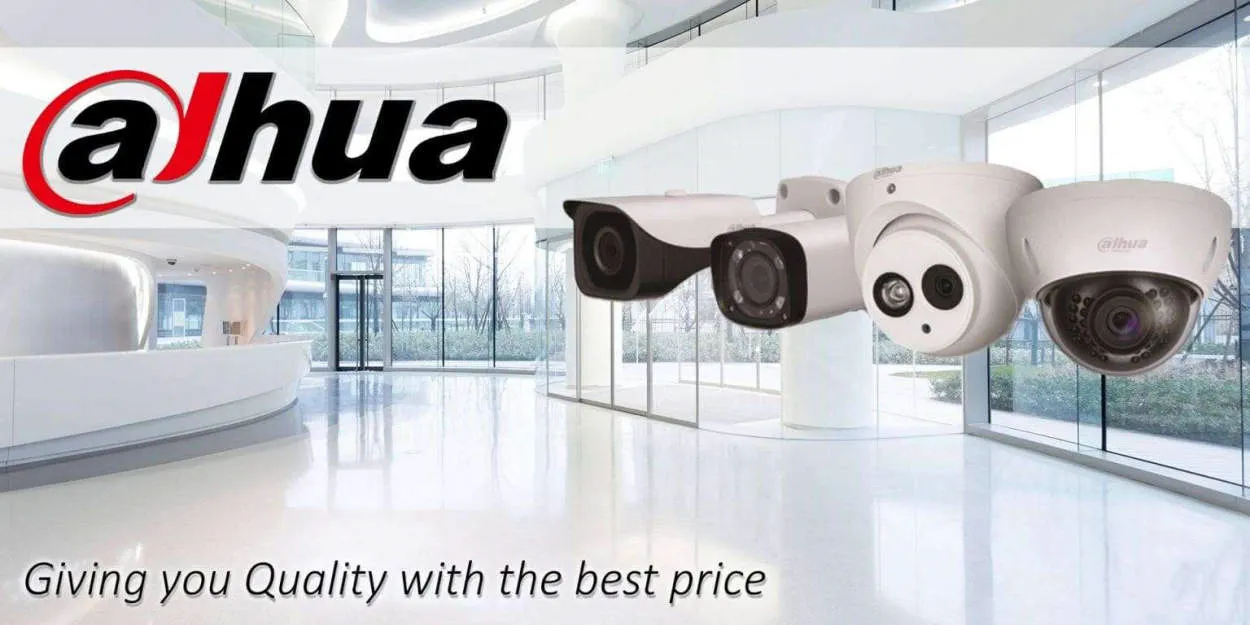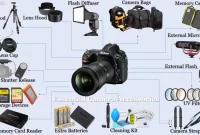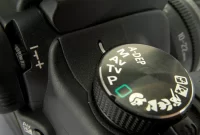When it comes to choosing a new camera, navigating through countless reviews can be overwhelming. In this article, we will guide you on what to pay attention to when reading camera reviews, helping you make an informed decision on your next photography companion.
Understanding the Importance of Objective and Subjective Reviews
In the world of camera reviews, it is essential to differentiate between objective and subjective evaluations. Both types of reviews play a crucial role in helping consumers make informed decisions, but they provide different perspectives on the product’s performance.
Objective reviews focus on technical specifications, features, and measurable qualities of a camera. They provide factual information about image quality, resolution, autofocus speed, dynamic range, and other objective aspects. These reviews are especially helpful for enthusiasts, professionals, and those who prioritize technical performance.
Subjective reviews, on the other hand, delve into the user experience, ergonomics, and personal impressions of the camera. They take into account factors like design, ease of use, intuitive controls, and overall satisfaction. Subjective reviews are beneficial for beginners, hobbyists, and individuals looking for a camera that suits their specific needs and preferences.
It is crucial to consider both objective and subjective reviews when navigating camera reviews. Objective reviews provide factual information, allowing you to compare technical specifications across different models. Subjective reviews, on the other hand, offer insights into real-world experiences with the camera, helping you understand how it may perform in practical situations.
By considering both types of reviews, you can make a well-rounded assessment of a camera’s strengths and weaknesses. Ultimately, the decision should align with your own photography goals, preferences, and budget.
Key Factors to Consider When Reading Camera Reviews
When it comes to purchasing a camera, reading reviews can provide invaluable insights. However, with the multitude of information available, it can be overwhelming to decipher what’s essential. To navigate camera reviews effectively, here are some key factors to consider:
1. Image Quality
One of the primary reasons for investing in a camera is to capture high-quality images. Look for reviews that discuss the camera’s sensor size, resolution, low-light performance, and image processing capabilities. These factors greatly influence the overall image quality.
2. Features and Functionality
Consider the specific features and functionality you need from a camera. Are you interested in manual controls, advanced autofocus, or built-in Wi-Fi? Pay attention to reviews that discuss these aspects and how well the camera performs in real-world scenarios.
3. Ergonomics and Design
A camera’s ergonomics and design play a significant role in your overall shooting experience. Look for reviews that discuss the camera’s build quality, button layout, weight, and grip comfort. These factors can greatly impact how comfortable and intuitive the camera is to use.
4. Lens Compatibility and System Expandability
If you foresee yourself expanding your photography kit in the future, it’s crucial to consider lens compatibility and system expandability. Reviews should detail the range of lenses available, third-party lens options, and the camera’s compatibility with different accessories.
5. Price and Value for Money
Ultimately, your budget is a crucial consideration. Look for reviews that provide an honest assessment of the camera’s price tag and whether it offers good value for money. It’s important to strike a balance between your budget and the camera’s features and performance.
The Role of Sample Images in Assessing Camera Performance
When reading camera reviews, one important aspect to consider is the inclusion of sample images. These images act as a visual representation of the camera’s capabilities and provide valuable insights into its performance. By carefully examining these sample images, consumers can make more informed decisions when purchasing a camera. Here are a few key points to pay attention to when assessing camera performance through sample images:
-
Image Quality:
Review the sample images for clarity, sharpness, and resolution. Look for fine details and how well the camera handles different lighting conditions. Pay attention to noise levels, color accuracy, and dynamic range, which directly impact the overall image quality.
-
Low-Light Performance:
Evaluate how well the camera performs in low-light situations by examining sample images taken in challenging lighting conditions. Check for image noise, the level of detail preserved, and the camera’s ability to capture accurate colors in low-light scenarios.
-
Autofocus and Speed:
Assess the camera’s autofocus capabilities and speed through sample images. Look for images with moving subjects to see how quickly and accurately the camera can focus, ensuring that it meets your requirements, especially if you plan to capture fast-paced action or sports photography.
-
Dynamic Range:
Examine sample images that depict high contrast scenes to evaluate the camera’s dynamic range. A wider dynamic range allows for better preservation of details in both highlights and shadows, resulting in more balanced and visually pleasing images.
-
Color Reproduction:
Pay attention to how well the camera reproduces colors in the sample images. Look for accurate and vibrant colors that match the real-life scene. Consider whether the camera’s color rendition suits your preferences and the intended use of the photographs.
By understanding the role of sample images in camera reviews and carefully analyzing the aforementioned aspects, consumers can gain insights into a camera’s performance before making a purchasing decision. Remember, however, that individual preferences and specific photography needs should also be taken into account when assessing overall camera suitability.
Expert Opinion vs. User Reviews: Weighing Different Perspectives
In the world of camera reviews, it can be overwhelming to sift through the abundance of information available. As consumers, we often find ourselves torn between relying on expert opinions or depending on user reviews. Both sources hold valuable insights, but it is crucial to understand the differences between them and how to navigate them effectively.
Expert opinions are typically provided by professional photographers, camera experts, or industry insiders who have extensive knowledge and experience with various camera models. These individuals thoroughly test and evaluate cameras based on technical specifications, image quality, functionality, and overall performance. Their reviews offer an in-depth analysis of the camera’s capabilities, helping consumers make informed decisions.
User reviews, on the other hand, offer the perspective of everyday users who have hands-on experience with the cameras. These reviews provide insights into real-world usage, durability, and user-friendliness. Users often share their personal experiences, highlighting both positive and negative aspects of the camera. It is important to remember that user opinions can be subjective, influenced by individual preferences and skill levels.
When navigating camera reviews, it is beneficial to consider both expert opinions and user reviews. Expert opinions offer technical expertise, while user reviews provide a firsthand user experience. By combining these insights, you can gain a comprehensive understanding of a camera’s performance and suitability for your specific needs.
Ultimately, the weight you assign to each perspective should depend on your priorities and level of expertise. If you are a professional photographer or require advanced features for your photography work, expert opinions may carry more weight. Conversely, if you are an amateur photographer or prioritize user-friendly interfaces, user reviews can provide valuable guidance.
By finding a balance between expert opinions and user reviews, you can make a more informed decision when purchasing a camera. Remember to thoroughly analyze and compare multiple sources, consider your own needs, and seek out additional information when necessary. Navigating camera reviews can be complex, but by weighing different perspectives, you increase your chances of finding the perfect camera for your photography journey.
Conclusion
In conclusion, when navigating camera reviews, it is important to pay attention to various factors. These include the sensor size, image quality, lens and accessories compatibility, autofocus system, ease of use, and overall performance. By carefully considering these aspects, photographers can make informed decisions and choose the best camera that suits their needs and preferences.




